Piolets d'Or Announces the "Significant Ascents" of 2023
This list of 68 climbs is effectively a "long list" used to select nominees of the prestigious alpine award.
Our Q&A with conservation journalist and storytelling expert Millie Kerr underscores the importance of character-driven stories in conservation.

Millie Kerr is a lawyer-turned-multimedia journalist focused on travel and wildlife conservation. After three years of practising law, she put her legal career aside, deciding to pursue her primary passions: conservation, travel, and storytelling. Millie subsequently: completed several month-long volunteering stints with Namibian conservation organisations; spent a year writing for the Wildlife Conservation Society; published conservation and travel articles with a wide range of magazines and newspapers, from National Geographic Traveler and The New York Times to The Economist and Popular Science; and presented/produced a digital segment for Earth Touch News. In 2016, Millie graduated from the University of Cambridge with a Masters of Philosophy in conservation. Millie’s final year dissertation was on conservation storytelling; she now works in London as a freelance journalist and conservation communications consultant. Her first children's book (on British wildlife) will be published in 2020.
The distinction is difficult, if not impossible, to make. Look up ‘story’ in any dictionary, and you’ll encounter a range of definitions, from a news report to a real or fictitious account told to entertain. When you factor in today’s constantly evolving media landscape, the task becomes almost impossible. We all know that an incredible novel contains at least one story, but can a Tweet count? What about an emotionally charged non-verbal exchange? When I began researching storytelling for a masters dissertation on ‘conservation storytelling,’ I decided to put this question aside. Instead, I focused my attention on what stories do and how they are crafted. My goal was to put together a piece of work that could help conservationists communicate more effectively.
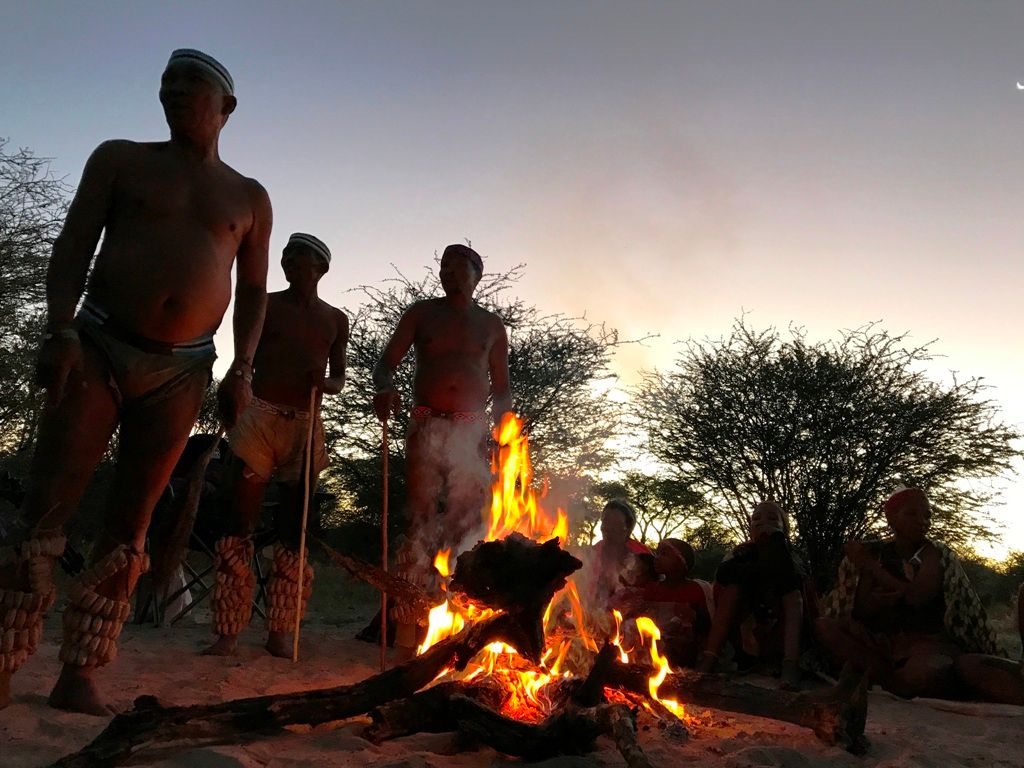
Stories play many important roles. They bring people together but are more than tools of connectivity: they convey information, educate and influence, entertain, preserve traditions and values. Stories bridge gaps in culture, language, age and education—and because stories give context to information while stirring emotions, they allow tellers and listeners the chance to mull over the world and their place in it. Most importantly, because listeners find the story’s meaning, stories can prompt listeners to change their minds. Likewise, emotions impact decision-making, so emotional stories can inspire action—something facts alone rarely achieve. These two final points get to the crux of how storytelling supports the environmental movement.
For decades, many conservationists minimized the importance of communication—especially with the general public—but in recent years, environmentalists have begun waking up to the power of storytelling. In January, for instance, Jane Goodall discussed the way environmentalists try to influence people who don’t care about (or agree with) environmental issues, such as climate change.
She pointed out that many approaches make people feel defensive, and I think we can all agree that no one likes being told that he or she is wrong. Goodall went on to say, “What you have to do is to get into the heart. And how do you get into the heart? With stories.”
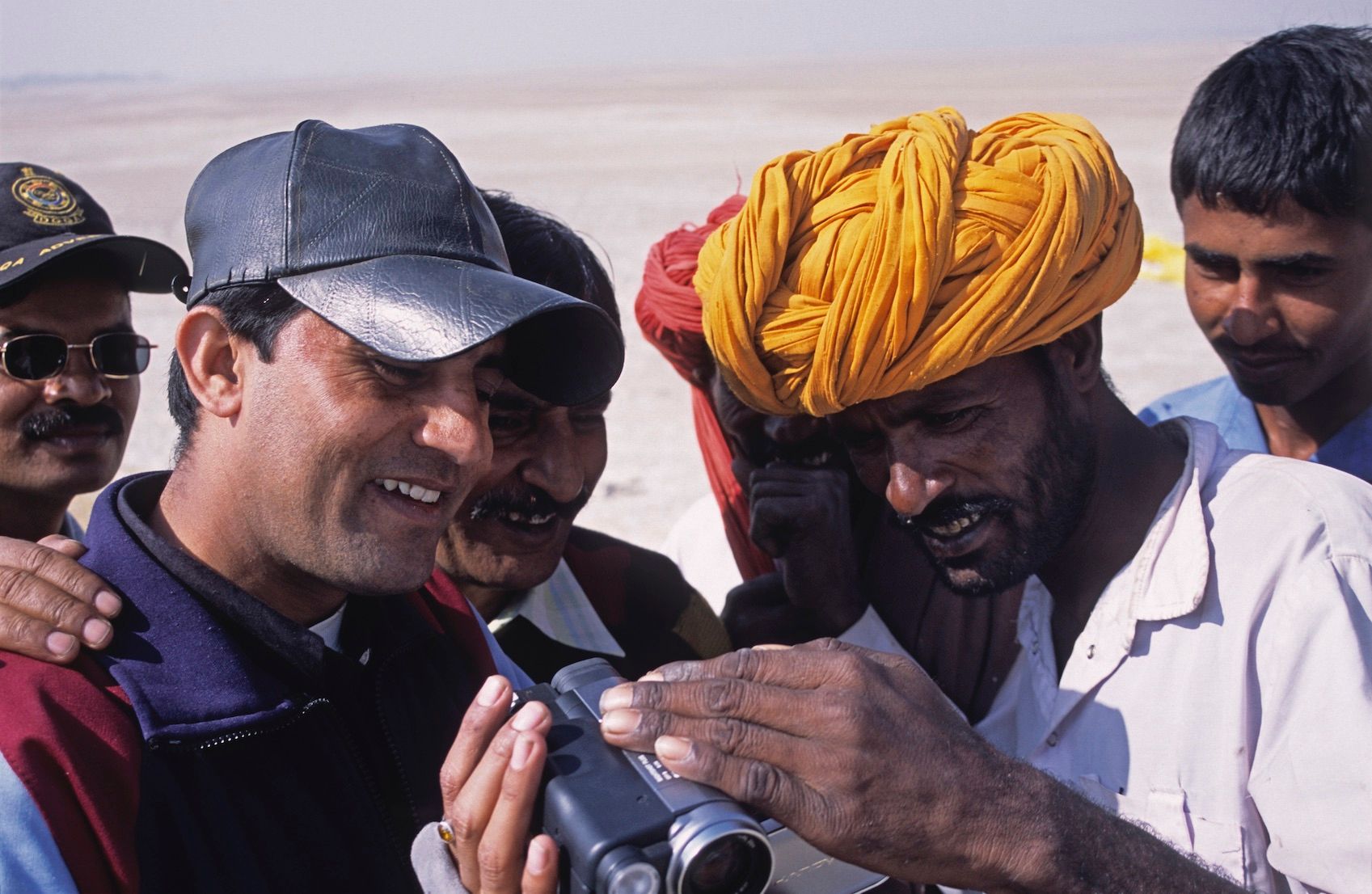
If you posed this question to a hundred random people with no communications expertise, I suspect that most of them would mention emotional impacts. Some stories are designed to make us laugh; some make us think, and others bring about fear or sentimentality. Like most people, I’ve consumed and told stories for most of my life. for the last decade, I’ve written numerous narratives as a professional journalist, but it wasn’t until undertaking my dissertation research that I formally analysed the ingredients that go into successful stories.
After months of research, I identified what I call ‘core storytelling elements,’ finding that compelling stories:
Although it’s helpful to consider each of these elements when crafting a story, they aren’t intended to operate as a checklist. In fact, several elements may be mutually exclusive. For instance, a story that hinges on a battle between a protagonist and an antagonist may not enchant and inspire wonder. There are different kinds of stories, each with its own time and place, and a storyteller’s expertise and personality naturally influence her decision to pursue a particular tone. Needless to say, storytellers should consider their goals before diving in, and they must always consider format, media type, and target audience. A scientist speaking at a climate change conference will approach a story one way whereas a filmmaker producing a documentary for the BBC will take a different route.
However, I genuinely believe that the core elements can make or break a story. An example: readers are likely to skip over an article or put down a book if it doesn’t incorporate drama or tension, or introduce stimulating, unanswered questions, early on. Hooks are increasingly important as attention spans shrink. In this article, author Stephen King shared that he spends months, if not years, composing the first paragraph of a new novel. King said the following about opening sentences: “An opening line should invite the reader to begin the story. It should say: Listen. Come in here. You want to know about this.”

At the moment, the entire world seems to be watching Greta Thunberg, so it’s worth thinking about how the Swedish activist communicates. For one thing, she’s genuine and full of emotion. The anger and disappointment she expresses taps into the emotions many citizens and environmental advocates feel about the state of affairs. She also uses dramatic language. For instance, in her recent talk at the UN climate action summit in New York, she stated, “You have stolen my dreams and my childhood with your empty words… People are suffering. People are dying. Entire ecosystems are collapsing. We are at the beginning of a mass extinction, and all you can talk about is money and fairytales of eternal economic growth.” She repeatedly refers to “you” and “us,” making world leaders antagonists and citizens protagonists. Of course, Greta is an also character in the wider narrative surrounding climate change, and she’s a classic David fighting Goliath—in her case, corporations, world leaders, and adults generally.
I’d be remiss if I didn’t mention David Attenborough, the king of nature storytelling when answering this question. Although Attenborough has begun emphasizing the environmental crisis in recent documentaries, he predominantly trades on awe and wonder. His voice alone, with its singsong quality, invites viewers to step into a story. His scripts do the same. In the opening episode of Africa, he states, “Africa: the world’s greatest wilderness. The only place on Earth to see the full majesty of nature. There’s so much more here than we ever imagined.” Coupled with emotive music and dramatic visuals, Attenborough’s opening words depict an awe-inspiring (if idyllic) version of nature.
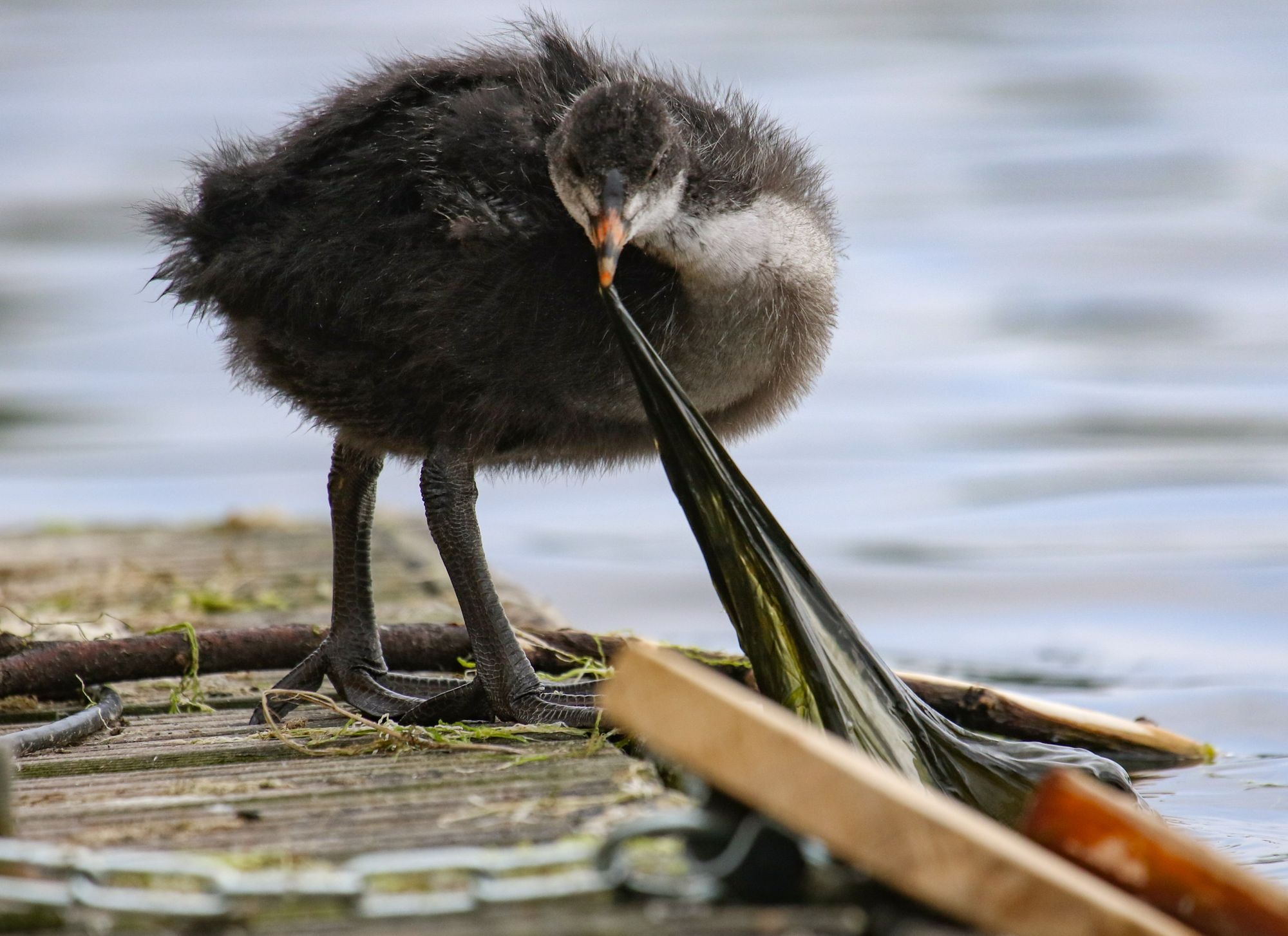
Generally speaking, wildlife documentaries are among the most successful forms of nature storytelling. They have been criticised for painting simplistic and optimistic portraits of the state of the environment, but they attract interest from a wide range of people and can inspire action (research suggests that 88% of Blue Planet II viewers changed their behaviours after watching the series by, among other things, using refillable water bottles in lieu of plastic ones). Notably, wildlife and nature programmes utilise all of the core storytelling elements. They tend to enchant and inspire or play on conflict. Universal narratives—like life, death, and family ties—connect human viewers to animal characters even when films don’t contain clear protagonists. Think of the helpless impala battling for survival against dominant lionesses. Here you have a taste of good versus evil. Family themes are often utilised, as well. The tag line for The Last Lions, a 2011 nature documentary produced by National Geographic Films, read, “The most powerful force in nature is a mother’s love.”
There are plenty of environmental stories that haven’t achieved optimal success, from large campaigns that deliver mixed messages to fantastic stories that never reach the right audiences. As a freelance journalist, I frequently approach scientists to discuss writing about their work for mainstream magazines and newspapers, and I regularly encounter the same set of roadblocks: scientists don’t see the value in communicating with the “general public,” so they don’t carve out time to talk to me; they refuse to simplify their work and are frustrated when reporters condense their often-complex findings into palatable bites of information; and they are so focused on details, they miss the bigger picture.
At the same time, many scientists resist talking about their personal views and professional journeys. Several years ago, I interviewed an ornithologist on camera with hopes of securing interesting details about his career. At one point, I asked if anything dangerous had happened during his time in the field. He paused, mulled over the question, and meekly responded that no, nothing of the sort came to mind. Later, when the cameras stopped rolling, he mentioned being bitten by two venomous snakes during field research. Perhaps he worried about painting snakes in a negative light, but I don’t think so: my sense was that he didn’t consider the incidents remarkable or worth sharing.
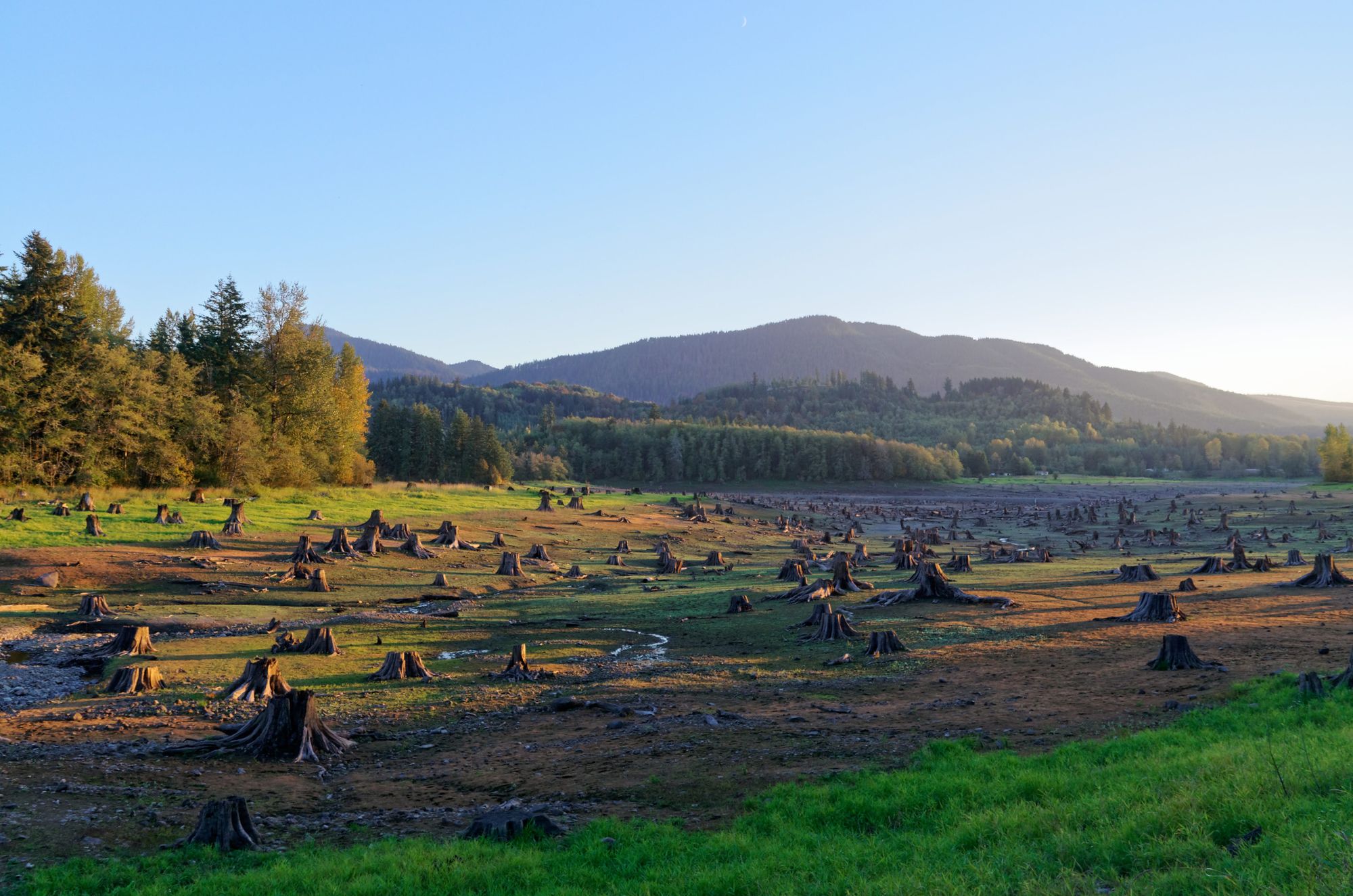
There are several special considerations in environmental storytelling. For one thing, environmental issues are often complex, global, and urgent, making their communication challenging. Likewise, storytellers must consider the fact that certain stories work well in the short-term only to generate negative long-term impacts. For decades, campaigners and NGOs have emphasized negative environmental trends without realising that, over the course of time, donors and the public experience environmental fatigue. Besides, if you’re asked to donate money to save elephants when every headline tells you elephants are teetering on the brink of extinction, why donate at all? Many in the environmental movement are now calling for conservation optimism to spark positivity and balance out seemingly endless bad news.
There’s also tension between storytelling and scientific accuracy. Stories require creativity and fluidity, but scientists like caveats and feel the need to give every word meaning. Even the most charismatic and eager conservation storytellers have to confront the fact that translating complex scientific information may require reframing and simplifying. The line between accuracy and entertainment is thin and potentially dangerous: compelling yet evidence-informed stories require special care.
Whether people realize it or not, they constantly tell and receive stories. According to author Jonathan Gottschall, humans are "storytelling animals". As he says, “We are, as a species, addicted to story. Even when the body goes to sleep, the mind stays up all night, telling itself stories.” However, not all of us are capable of telling compelling stories that attract international attention and inspire action of the kind the environmental movement desperately needs. And not all of us want to. Moreover, as in any sphere, there are professionals working on issues and projects that don’t involve communication. With that in mind, does it make sense for a field biologist working 16 hours a day in the remote wilderness to set aside additional time to learn storytelling skills? Or should conservation organisations instead focus on developing the storytelling skills of their communications staff?
My personal view is that all of us can benefit from improving our communications skills. Besides, whether they like it or not, scientists are increasingly expected to engage with donors, members of the media, and the public, so they have no choice but to consider storytelling. How professionals and organisations pursue development and training is another matter, but I genuinely believe that the core elements listed above can provide useful (and relatively simple) guidance.
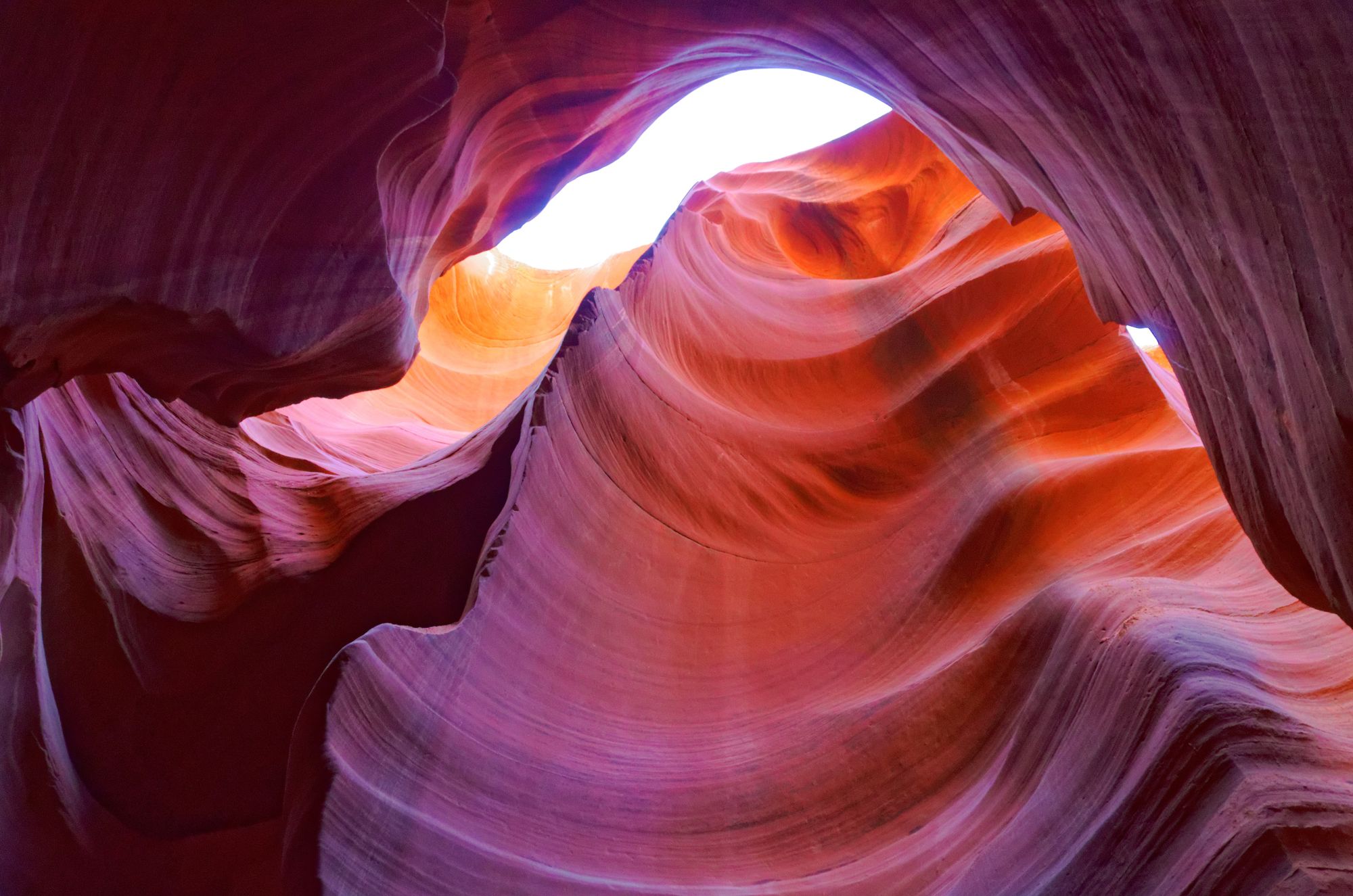
Let’s say you’re a field biologist tasked with writing a blog post about a recent research expedition for your organisation. You can’t figure out how to get started despite knowing the underlying work inside and out. If you spend a few minutes thinking about characters and story arcs, you may quickly discover that you are the protagonist in the story. While in the field, you were conducting work guided by a set of goals, but you met challenges along the way. Perhaps the project is hindered by natural resource extraction in the area or a government (like Bolsonaro’s) that actively impedes environmental efforts.
If you’re a wildlife conservationist, you should consider making a particular species the protagonist. Antagonists could be poachers, climate change, and unsustainable development.
A final example involves the death of Cecil the lion in 2015. Oxford’s Wildlife Conservation Research Unit was so bowled over by the world’s reaction to the lion’s death, they analyzed the case, finding a “unprecedented media reaction” spanning the globe. The study authors surmised that Cecil’s story resonated because Cecil was a majestic animal with an English nickname that died a slow, painful death at the hands of an identifiable villain.
Looking at my elements, it’s clear that the many stories told about Cecil were embedded with at least four of the seven core elements. Cecil was a relatable character: his English name, the fact that he was an alpha, and the fact that he had cubs meant that people saw him as a father—almost like someone they know. The fact that he died a slow death meant that tension plagued his demise; it also made the hunter, Walter Palmer, a natural villain. Cecil was good; Palmer was evil. Finally, because the story was shared on social media and via numerous news articles, it had an incredible level of engagement, which is essential in the digital age.
Cover Photo by Mike Erskine.
2nd best newsletter in the universe